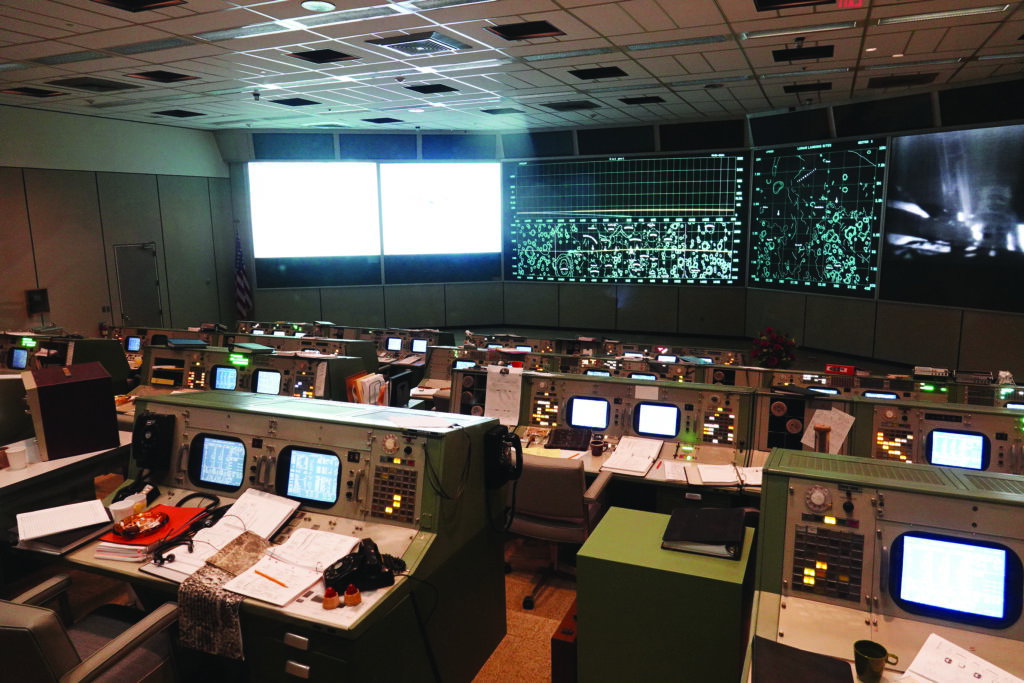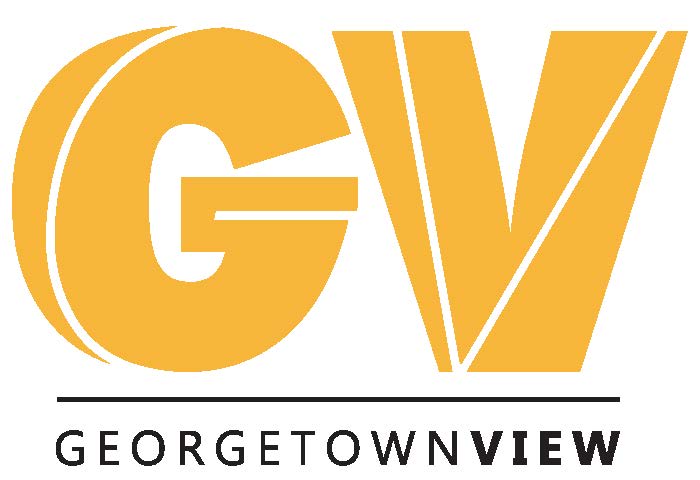The year was 1961. President John F. Kennedy’s speech supporting a new space program propelled NASA into action. Established in 1958, the National Aeronautics and Space Administration (NASA) is an independent agency of the federal government responsible for the civil space program, aeronautics research, and space research.
Realizing their present location at Langley Air Force Base in Virginia was not adequate, NASA prepared a list of requirements for their new location:
- accessible barge transportation
- mild climate
- good airport
- 1,000 acres of land available at a fair price
- a nearby university for collaboration
Not only did Houston check all the boxes, behind the scenes, then Congressman Albert Thomas was said to be working with President Kennedy to secure Houston as the top choice. The powerful politician served as chairperson of the House Appropriations subcommittee, which was responsible for overseeing NASA’s budget. Houston’s proximity to Rice University and the fact that the Humble Oil Company was willing to donate the undeveloped land to Rice for the facility helped seal the deal.

The Johnson Space Center is Born
NASA’s Manned Spacecraft Center was renamed the Johnson Space Center (JSC) in 1973 to honor President Lyndon B. Johnson. It is NASA’s center for human space flight and has served as mission control center for every U.S. flight crew, including the first lunar landing.
The JSC complex consists of 100 buildings on 1,620 acres of land and today focuses on programs in collaboration with international counterparts and private industry:
- Astronaut Corps: state-of-the-art facility that provides training for all space exploration personnel.
- Mission Control Center: a unique team of engineers, medical, and technical staff that develop mission plans and monitor crew health and safety.
- International Space Station: home to the management and integration of operations associated with the world’s most complex multi-national space laboratory.
- Gateway program: dedicated to establishing the first space station in orbit around the moon, research in deep space, and capabilities for sustained exploration.
- Orion program: focused on developing a vehicle capable of deep space travel. Its goal is to take astronauts further in space than any human has traveled.
Also located in the JSC is Space Center Houston, NASA’s official visitor center. A leading Houston tourist attraction, it has welcomed more than 26.6 million visitors since opening its doors in 1992. The 250,000-square-foot complex includes an impressive space museum and learning center. It also welcomes Texas students with unique opportunities in programs and internships in STEM careers.
Fame and Fortune for Houston
NASA has not only made Texas synonymous with space exploration and for naming Houston “Space City,” it has had an impressive economic impact. Annually, the Texas operation is responsible for creating 40,000 jobs and generating more than $9.2 billion. In Texas and across the United States, NASA has invested millions in small, minority, woman, and veteran-owned businesses.
NASA “Know and Tell”
- An impressive roster of members, including Orville Wright, founded the National Advisory Committee for Aeronautics (NACA) on March 3, 1915. The organization was integrated into NASA in 1958.
- Orville Wright’s life bridged the era of powered flight (1903) to Chuck Yeager breaking the sound barrier in 1947. As well, Orville and Neil Armstrong were alive at the same time (1930-1948).
- According to Space Center Houston, it is the only place in the world where visitors can see astronauts train for missions, touch a real moon rock, virtually land a shuttle, and take a behind-the-scenes tour of NASA.
- The most famous NASA mission was July 20, 1969, during which Apollo 11 Commander Neil Armstrong took the first human footstep on the moon.
- While NASA missions are managed from Houston, launches take place in Florida to leverage the Earth’s natural rotation. By launching eastward from Cape Canaveral, rockets gain an extra boost of speed, helping them reach their destination more efficiently.
- NASA’s Mission Control, a National Historic Landmark, underwent a meticulous renovation. Space Center employees were interviewed and donated vintage items they had saved, such as ashtrays, clipboards, and pens. The $5 million renovation officially opened in July 2019, in time to celebrate the 50th anniversary of the moon landing.
- The quote “Houston, we have a problem” made famous in the movie Apollo 13, was actually “Houston, we’ve had a problem here.” Surprisingly, it was a calm Jim Lovell, astronaut and Apollo 13 commander, who uttered the phrase when it was discovered there had been an explosion in the spacecraft’s service module.
